Life After Sepsis Guide, Now Also Available in French, German, Dutch, and Romanian
Since the launch of the brochure in March, we have received positive feedback across numerous countries, that confirmed the need for translating it in different languages. In the past months we have worked on a number of translations that today we make available on our website here.
This guide aims at guiding sepsis survivors and their families and at informing the general public, patients, their relatives, and healthcare professionals about sepsis. It explains that there is a need for an urgent response, considering the potential consequences of sepsis, including lifelong disabilities.
Sepsis affects the whole body, so recovery also involves the whole body. Most patients who survive sepsis will eventually fully recover. Others may face long-term consequences. It is important to know that recovery may take months or years. After-sepsis effects, often called Post-Sepsis Syndrome or Post-Sepsis Symptoms, can present very diverse consequences that sometimes appear even years later.
Severely ill COVID-19 patients and those affected by sepsis from other pathogens — such as bacteria, other viruses, fungi, or parasites — are indistinguishable on clinical grounds. Further, post-sepsis syndrome and long COVID-19 signs overlap. We hope that this guide can be of use also for those suffering long term effects of COVID-19.
The more people know about sepsis the better we can prevent it, treat it, and manage it. Please download and share the guide on social media or, if you are an organization or an authority, consider embedding it on your web site (see the Life After Sepsis Guide on the Romanian Health Ministry website here, for example).

